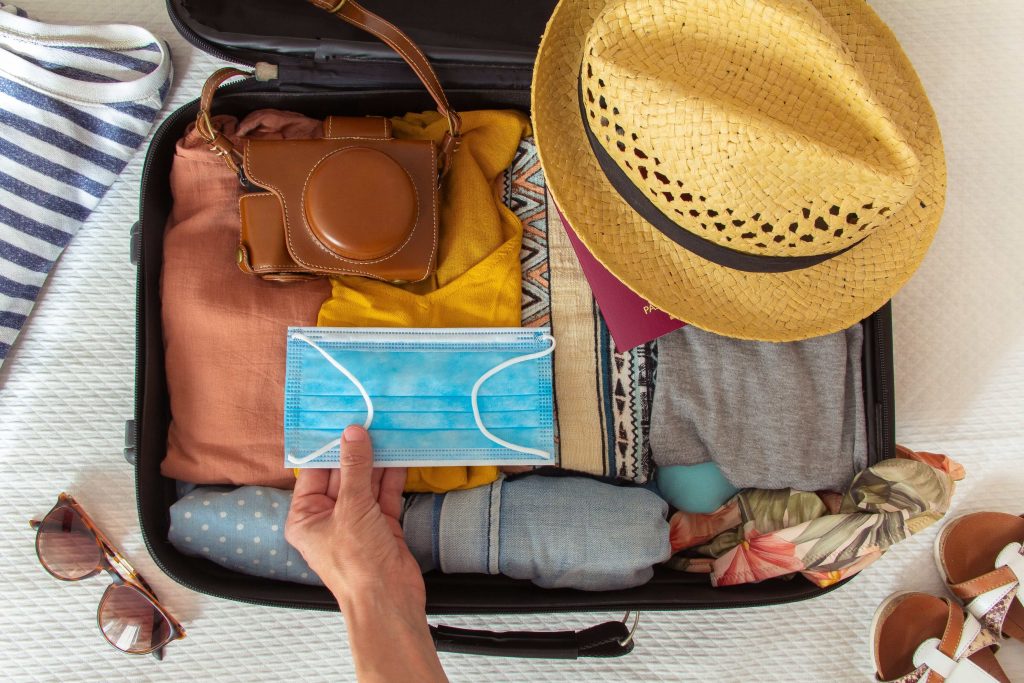All you need to know about the traffic light system
As the United Kingdom emerges from its latest coronavirus lockdown, people are looking to start travelling again. However, in order to contain the spread of new variants from other countries to the UK and vice versa, the British government have put in place a traffic light system designed to inform British citizens about where they can and can’t travel, and what restrictions might be in place should they choose to travel.
Because the coronavirus situation can change very quickly, the lists of countries you can and can’t visit are always changing and so you should always monitor case rates and potential changes released by the British government and the government of the country you’re travelling to. Countries can move around the traffic light system daily, so you should always do your research before booking your holiday.
How does the traffic light system work?
The traffic light system in the UK came into effect on May 17th upon the ending of the ‘Stay in the UK’ laws. This meant that international travel could resume for non-essential purposes. The system is designed to tell British citizens where the safest places to travel are – and which countries they cannot travel to under current restrictions.
It’s broken down into three categories:
Green – Countries on this list pose the lowest risk of coronavirus transmission. If you visit one of these countries, you will have to provide a negative test prior to travel and take another home test when you arrive, but you don’t have to quarantine when you arrive or when you return.
Amber – Countries on this list can be travelled to, but you will have to quarantine for at least ten days upon returning to the UK, as well as take further home tests during your quarantine.
Red – Countries on this list pose a high level of coronavirus transmission and general travel is discouraged. If you do travel, you will have to pay to quarantine in a hotel for ten days following your return to the UK.

How is it measured?
The Government and Department for Transport (DfT) review the three lists every few weeks. Their decisions are based on a variety of factors, including rates of COVID-19 infection, vaccination rates and how many variants are in circulation of the general population. Countries can move up and down the list, depending on their current case and hospitalisation numbers.
The traffic light system also determines what you will need to do in order to travel – including what tests you have to take – as well as whether you’ll need to quarantine when you return home. It does not take into account the rules of the country you might be visiting, so it’s worth checking what they might be before you travel.
What countries are currently on the green list?
Visiting countries on the green list mean you will not have quarantine when you return to the UK, unless you test positive for coronavirus.
There are fewer countries on the green list than amber and red. This list is constantly changing, and the countries below are correct as of this writing:
– Australia
– Brunei
– Falkland Islands
– Faroe Islands
– Gibraltar
– Iceland
– Israel & Jerusalem
– New Zealand
– Singapore
– South Georgia & South Sandwich Islands
– St Helena, Ascension and Tristan de Cunha
What countries are currently on the red list?
The red list is far more extensive. Any countries not listed above or below are on the amber list and whilst they are open to travel, you will have to quarantine when you return. Travel to red list countries is not advised. If you do travel, you will have to quarantine in a hotel immediately after you return. Countries that are added to the red list are done so because COVID-19 transmission rates are high or that a particular variant could cause problems were someone to contract it and bring it back to the UK.
Red list countries are correct as of this writing:
– Afghanistan
– Angola
– Argentina
– Bahrain
– Bangladesh
– Bolivia
– Botswana
– Brazil
– Burundi
– Cape Verde
– Chile
– Columbia
– Congo (Democratic Republic)
– Costa Rica
– Ecuador
– Egypt
– Eswatini
– Ethiopia
– French Guiana
– Guyana
– India
– Kenya
– Lesotho
– Malawi
– Maldives
– Mozambique
– Namibia
– Nepal
– Oman
– Pakistan
– Panama
– Paraguay
– Peru
– Philippines
– Qatar
– Rwanda
– Seychelles
– Somalia
– South Africa
– Sri Lanka
– Sudan
– Suriname
– Tanzania
– Trinidad and Tobago
– Turkey
– United Arab Emirates (UAE)
– Uruguay
– Venezuela
– Zambia
– Zimbabwe
Please note that this content was correct at time of publication (23.06.2021). From time to time, changes in regulation may impact the accuracy of the information provided.

